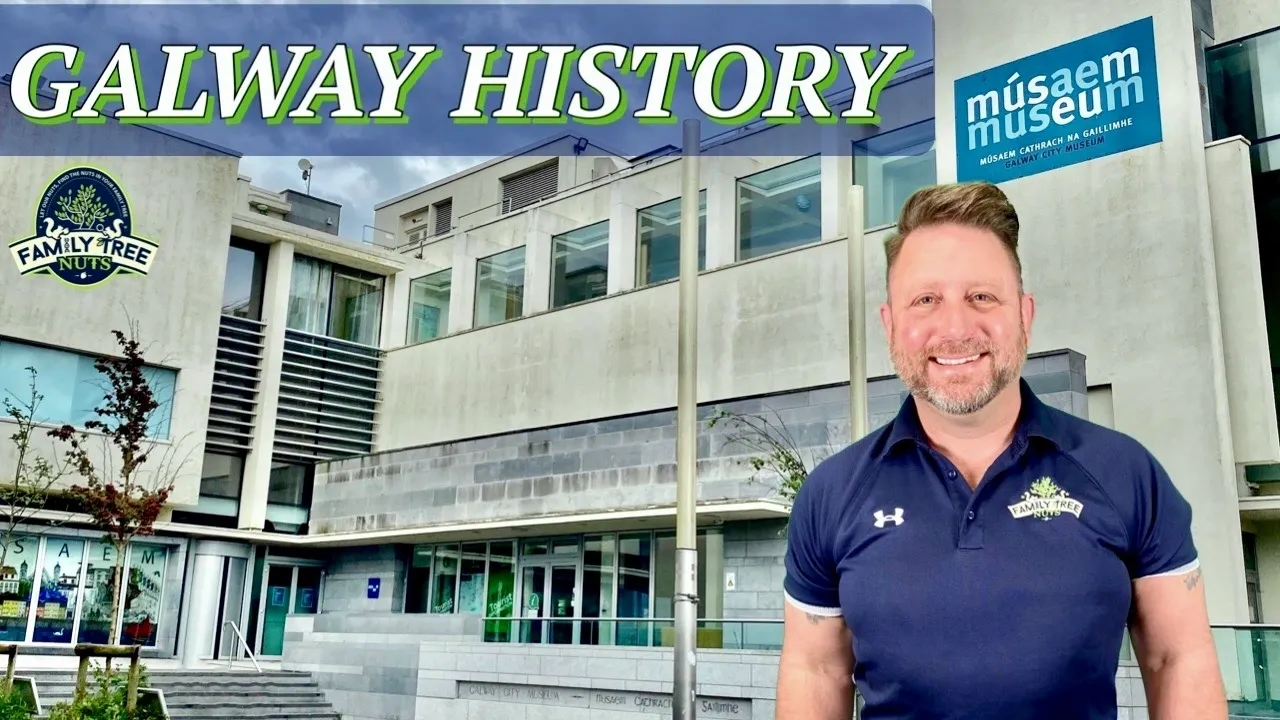
GALWAY IRELAND HISTORY & MUSEUM TOUR
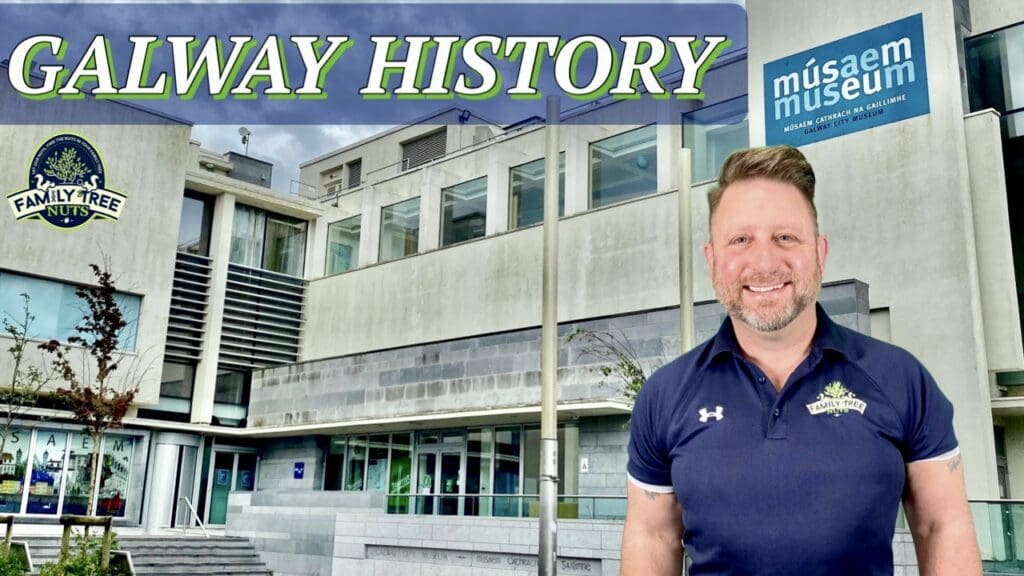
The city of Galway, Ireland is one of the most culturally rich places not only in Ireland, but the world in general. Until the last century, its isolation on the fringes of Europe has limited its exposure to the influences from other places and the region has even been one of the small pockets that have kept the Irish language alive. The Galway Museum does a spectacular job of showcasing the history of the area and of greater Ireland.
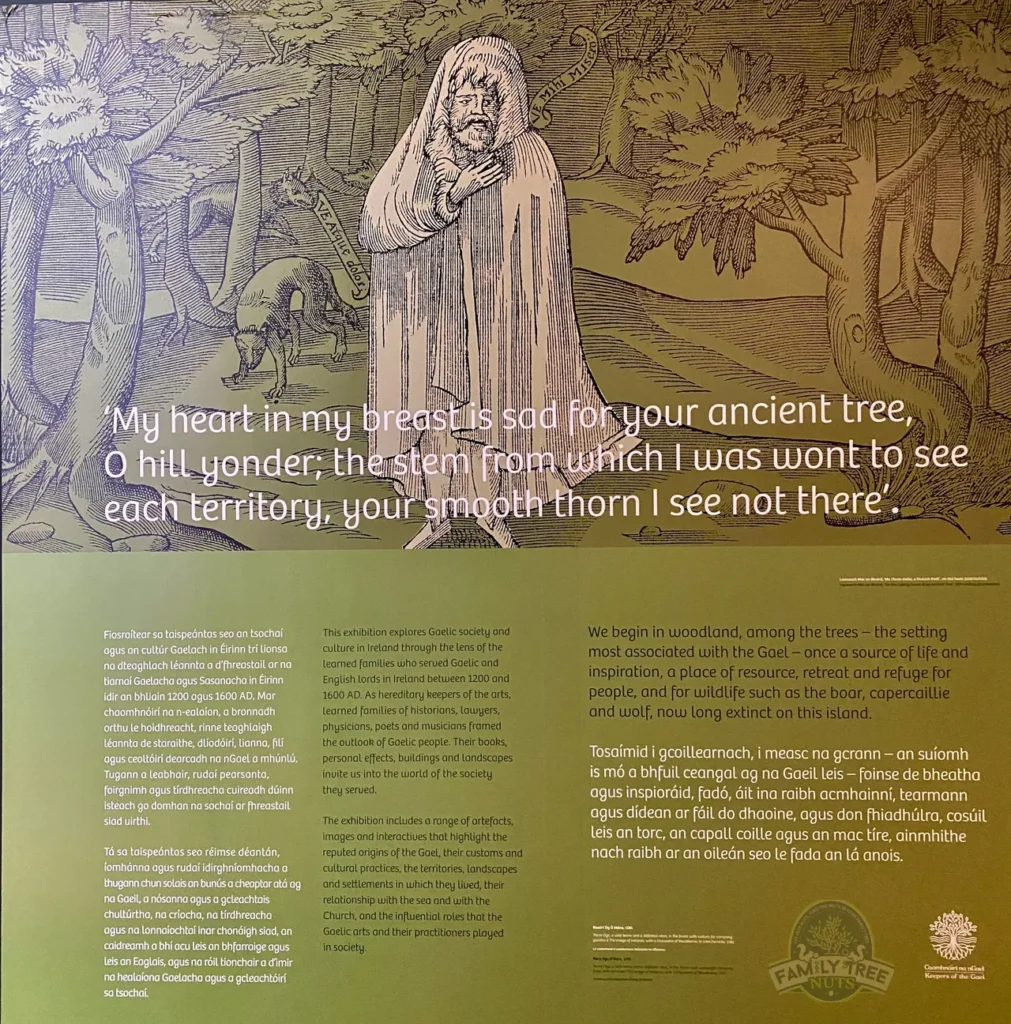
Recently we visited the Galway City Museum, in Galway, Ireland and we wanted to share it with you. In this article we will give you a quick tour that shows you most of what you will find inside and share a wealth of historical information about the region. The Galway Museum sits on one of the most historic sites in the city, just next to the Spanish Arch which is a remaining section of the medieval wall that once surrounded the city. Since ancient times this very spot was occupied with the hustle and bustle of the life bringing sea trade that has been so important to the region. The museum sits on the River Corrib, where it empties into Galway Bay, and the Atlantic Ocean. Just across the river is the famous village of Claddagh, the home of the famous Claddagh Rings which we will talk about later in this article.
The Galway City Museum was founded in 1976, and was originally housed in the Comerford House, which had been built around the year 1800, and was the private house of artist Clare Sheridan, who was a first-cousin to Winston Churchill. The first museum closed in 2004 but reopened in 2007 at its current building. The displays are primarily in the Irish language but are also displayed in English. The doors are open Tuesday through Saturday, 10am until 5pm, and admission is free. You read that right, free!
When you first come in the museum you will see incredible photographs that show historic scenes of the city. The photos have been colorized which makes the scenes pop and you can almost hear the sounds that were present when the photos were taken. Here you will also see the statue of the famous Pádraic Ó Conaire. Pádraic was born Patrick Joseph Conroy in 1882, in Galway. He was orphaned and went to live with his uncle, in Ros Muc, in Connemara, which was one of the last holdout regions that spoke almost entirely Irish. In the year 1900, Patrick took a job in London, England and joined the Gaelic League whose goal was to revive the Irish language. At that time, less than one percent of the population spoke Irish. Patrick began writing stories under the name Pádraic Ó Conaire and his writings were about the real life struggles of the Irish such as poverty, emigration, and mental illness. He died at the young age of only forty-six but his impact on the culture of the Irish people and the so called “re-birth” of the Irish language had made him a national hero.
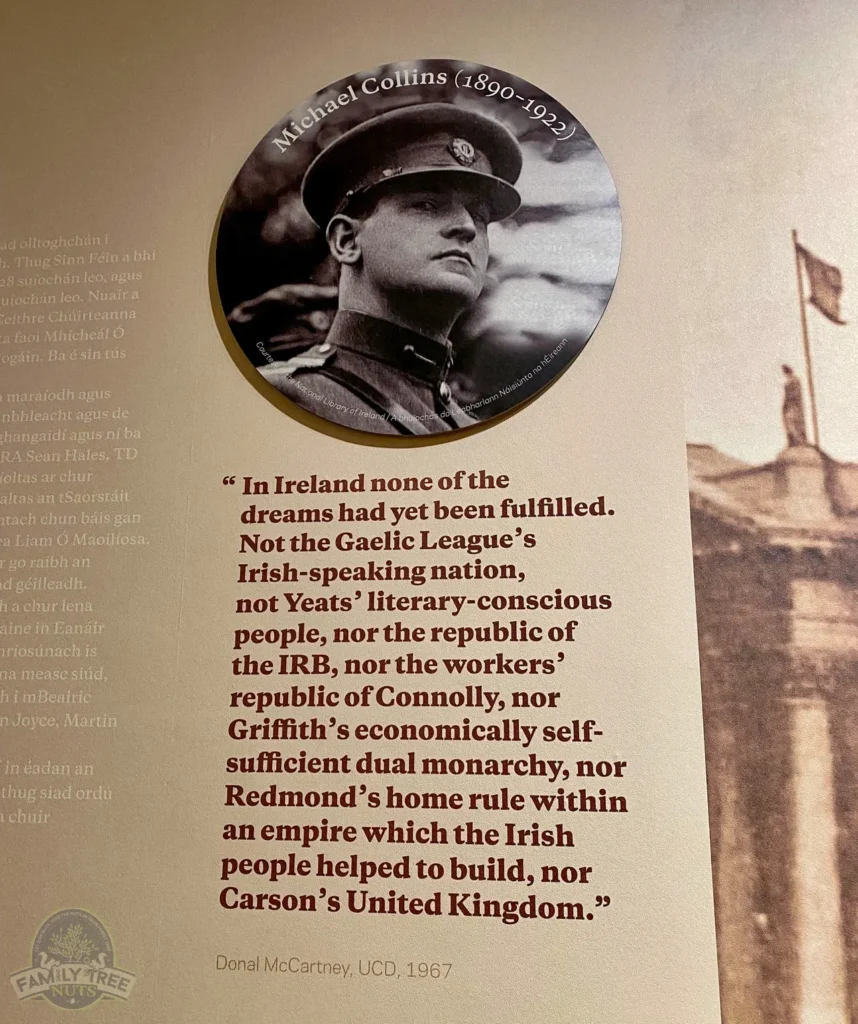
As you continue down the hall you enter an open room showing the three stories of the museum. Here you can learn about the region in ancient prehistoric times with ancient weapons on display. This area of the museum has a great exhibit about the stone forts found on the Aran Islands, just off the coast from Galway. These stone forts were occupied between the years 900-1100. Once you go up the stairs to the second level, you come to an exhibit about the Gaelic people. Here you can learn about the historic legends, social structure, culture, and religions of the people.
One of my favorite things about my Irish ancestry is the importance in society of the Seanchaidh, who were the story tellers, and keepers of history. The Seanchaidh kept, and orally passed on the local legends, and the genealogy of important people, such as the clan chiefs. I proudly consider myself a modern day Seanchaidh because I consider it my mission and passion to preserve and pass on as much history as I can.
As you move further into this exhibit you will find various artifacts with displays of other important occupations in the Gaelic culture such as the Cláirseach, which is a Gaelic harper, the Ollamh, which is a teacher of the Gaelic Arts in Gaelic schools usually attended by boys of wealthy families, and An Lia, which where physicians. You will also see other historical items that were important to the region.
Moving on through the museum you will find a spectacular display of items from the struggle in the early 1900s for Irish Independence. This struggle and the politics involved was extremely complicated and in some ways is still going on today. This subject alone would be an entire series of videos so we won’t attempt to get into any details in this video, however I will give a brief summary and show you some of the exhibits in the Galway Museum. For close to 800 years, Ireland had been under the English or British rule. Over the centuries there has been numerous attempts to drive out the English or the British but due to either sheer force, or complicated Anglo-Irish relations, the Irish were never able to break free. Around the end of the 1800s, a strong movement for Irish Home Rule began to gain momentum. Propaganda for a free Ireland became common and organizations were formed such as the Gaelic League, which advocated for the rebirth of the Irish language, and the Gaelic Athletic Association, which organized the playing of traditional Irish athletics. Organizations like these assisted in the feeling of the population to identify more as Irish than British.
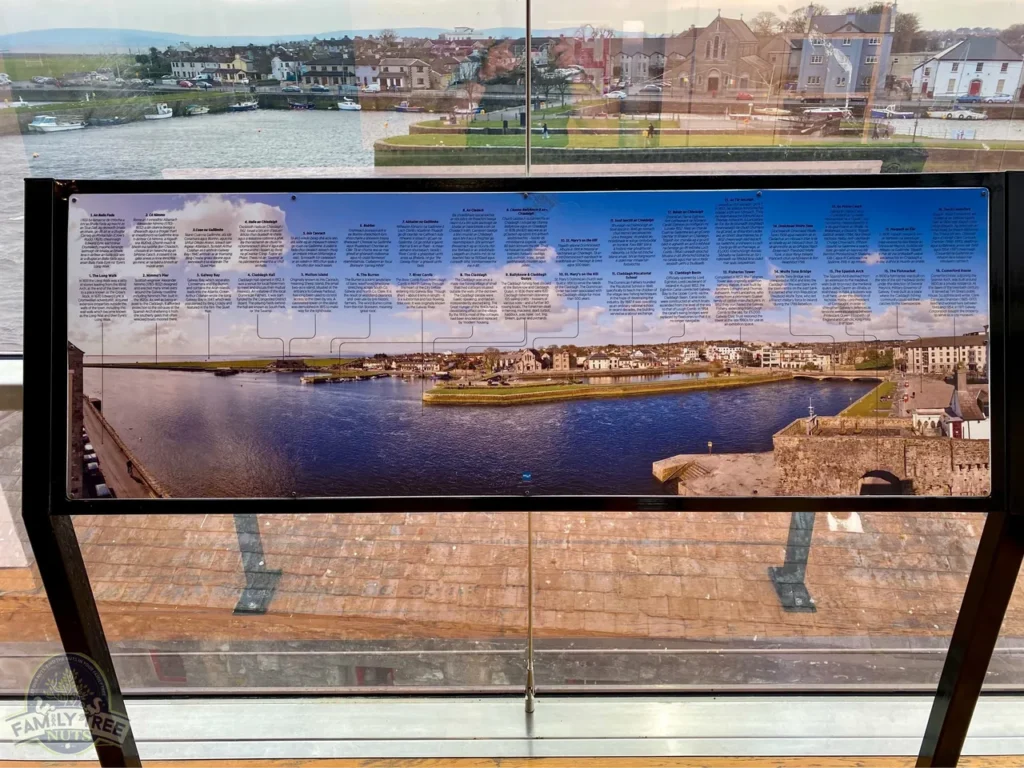
In 1913 the Irish Volunteers Force was organized and branches exploded all over Ireland. It should be mentioned that while the idea of Irish independence was growing, there were still many that were very loyal to the Crown. The situation continued to gain steam, and the following year, Great Britain entered into The Great War, or as we call it today, World War I. By 1916 over 146,000 Irish were fighting in the war, and most of them were those who were loyal to Great Britain. It was a perfect storm for the Irish Republicans because Great Britain had its hands full in the war and many of the unionists were off fighting.
The time bomb finally went off during the 1916 Easter Rising event when Irish Republicans seized several government buildings in Dublin and the Proclamation of the Irish Republic was signed and published. The event was supposed to happen all over Ireland, and while several events did take place throughout the Emerald Isle, they were very minor compared to the actions in Dublin. There was a plan to take key buildings in Galway, but the plan never happened, however the rebels were successful in in taking some policemen prisoner, barricade some key roads, cut telephone lines, and damage railway lines. The rebel leaders were soon arrested and were taken to be imprisoned on a British warship in Galway Bay. When they were led down the streets, the people booed them and threw mud on them. This shows how divided the population really was.
Over the next few years the Irish people were persuaded more, and more in favor of the rebels. This was due to the fact that the British mishandled many of the situations and created many martyrs. One of those martyrs was James “Seamus” Quirk who in September 1920 fell victim of a horrible event. Following a skirmish between government forces and rebels, the forces of the Crown went on a terror in Galway. Quirk was taken half-dressed from is bed, and beaten severely before being forced to stand under a lamp post at the end of the docks, and shot in the stomach several times. He was left for dead and somehow managed to get back to his bed and send for the priest Fr Michael Griffin. It is estimated that about 10,000 people came to the joint funerals of Quirk and John Mulvoy who had been killed in the initial skirmish. Fr. Griffin who was a known Republican sympathizer was also murdered two months later and his body found in a shallow grave. Martyrs such as these began to change the public opinion in favor of the rebels.
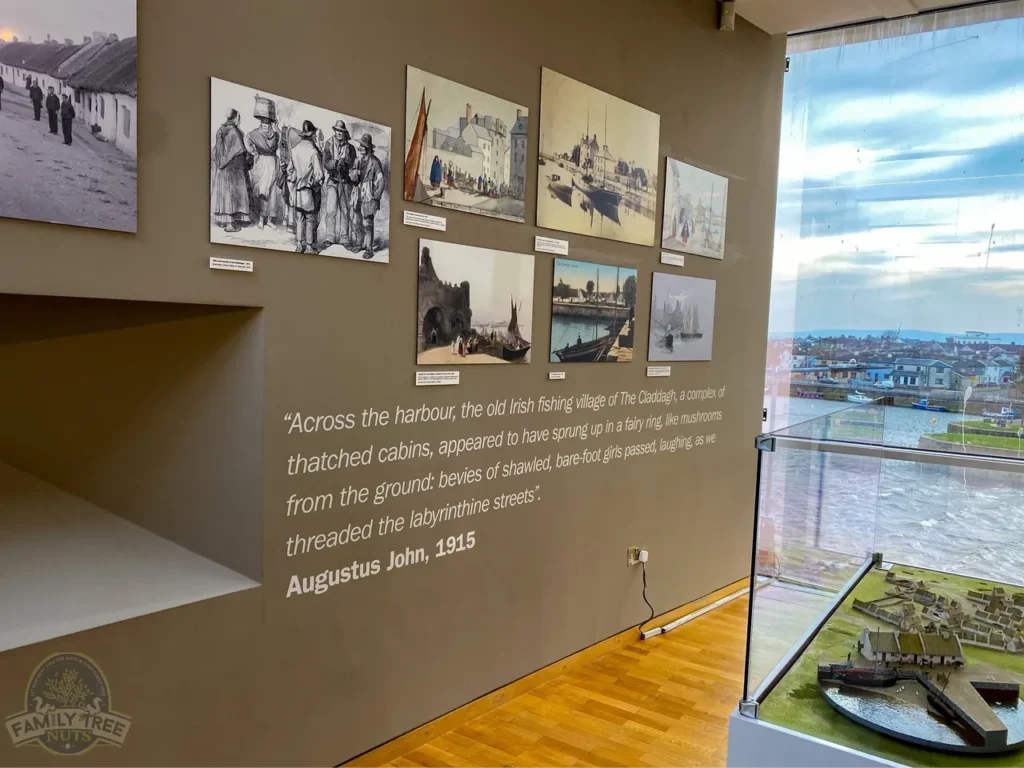
The other thing that help to sway public opinion to the side of the Irish Republicans was the handling of the affairs by the Royal Irish Constables who were a force of the Crown. As RIC members retired and or resigned, their numbers were hard to replace with local Irish because of their growing unpopularity. The British government began to recruit men from England, Scotland and Wales that were veterans of World War I. These new recruits were called “Black and Tans” due to the colors of their uniforms and were known for their indiscriminate violence. The Black and Tans became a feared and hated occupational force which turned more and more local Irish to the side of the Republicans. Elections were becoming overwhelmingly in favor of Republicans except for the British stronghold in Ulster.
Eventually Ireland won its independence from the Crown on December 6, 1922. The fight was far from over and now Ireland fell into a civil war for control of the government. Four members of the IRA, Stephen Joyce, Martin Burke, Michael Walsh, and Herbert Collins were executed on January 20, 1923 for being in possession of arms and ammunition. Their coffin plates are on display at the museum. The civil war ended in 1923, and as a result, the counties in Ulster became what was then called Northern Ireland, and remained part of the United Kingdom. Various artifacts relevant to the struggle for independence are on display at the museum including several pistols of the conflict.
The next major exhibit that you come to at the museum is about The Claddagh. We have an entire separate video about Claddagh so you will want to check that out for more information, but I’ll give you a quick summary as I show you some images of the exhibit. Claddagh is an area of Galway on the opposite side of the River Corrib as this museum. It historically was a tiny fishing hamlet full of simple thatched roofed houses. The village originally sat outside the medieval city walls of Galway and was not unlike many small villages all over Ireland. One thing about Claddagh is that was extensively photographed, and drawn, which is valuable in helping us see how many of our own ancestors lived during that time.

The other thing that Claddagh is known for is its famous ring that so many all over the world wear today. The ring symbolizes love, loyalty and friendship, with the heart representing love, the crown loyalty, and the hands friendship. The ring has become a popular wedding ring and the way it is worn on either hand has symbolic meanings. The ring originates from this little village around the year 1700. The main legend states that a man named Richard Joyce who lived in Claddagh was engaged to his love, but on a trip to the West Indies he was captured by North African Arab pirates, and enslaved in Algeria. He was purchased by an Arab jewelry maker who taught Joyce the art of goldsmithing. Joyce longed for his sweetheart back home and used his new skill to fashion a ring that represented his love for her.
After fourteen years as a slave, the British king worked out a treaty, and all British the subjects in captivity were released. Joyce’s master did not want to see him go because he had become very fond of him and his skills made the business quite a bit of money. The master offered Joyce a partnership in the business, and even the hand of his beautiful daughter in marriage if he would stay, but Joyce’s love for his sweetheart was always on his mind, and he longed to return to her. When Joyce arrived back home in Claddagh, he found out that his sweetheart had never married, and had never given up hope that he would return. The couple were soon married and Joyce began manufacturing the ring that the love story sold. Eventually the ring became popular all over the region, and then Ireland, and now the world. Many of us view it as a symbol of our own Celtic heritage and it all started in this tiny fishing village.
The Claddagh exhibit has spectacular displays, one of which is scale model of the area. The exhibit also has a full wall of open glass looking over The Claddagh and a key shows interesting things that you are looking at. Around the corner you can see great views of the famous Spanish Arch here. Once again, don’t forget to check out our full video about this amazing ring, the village, and its history.
The last exhibit that we will discuss today is the one of maritime history and marine biology. Fishing has always been critical to the success of the community in Galway and the museum displays a sample of a typical fishing boat of the area that is referred to as a “Galway Hooker”. Did you know that Ireland’s underwater territory is ten time larger than its land territory? All of the area has not been explored yet and it’s exciting to think about the future possibilities for the use of this ocean territory.
This completes our quick tour of the Galway City Museum. We hope that you have learned a little about this amazing place that is so valuable in helping us better understand the history of the region, and Ireland as a whole. Be sure to take the time to visit the museum when you come to Galway. Hey, I almost forgot, we have another video that you may enjoy called, Top 20 things to see in Galway! Be sure to check out the video from the museum below.
-Col. Russ Carson, Jr., Founder, Family Tree Nuts
